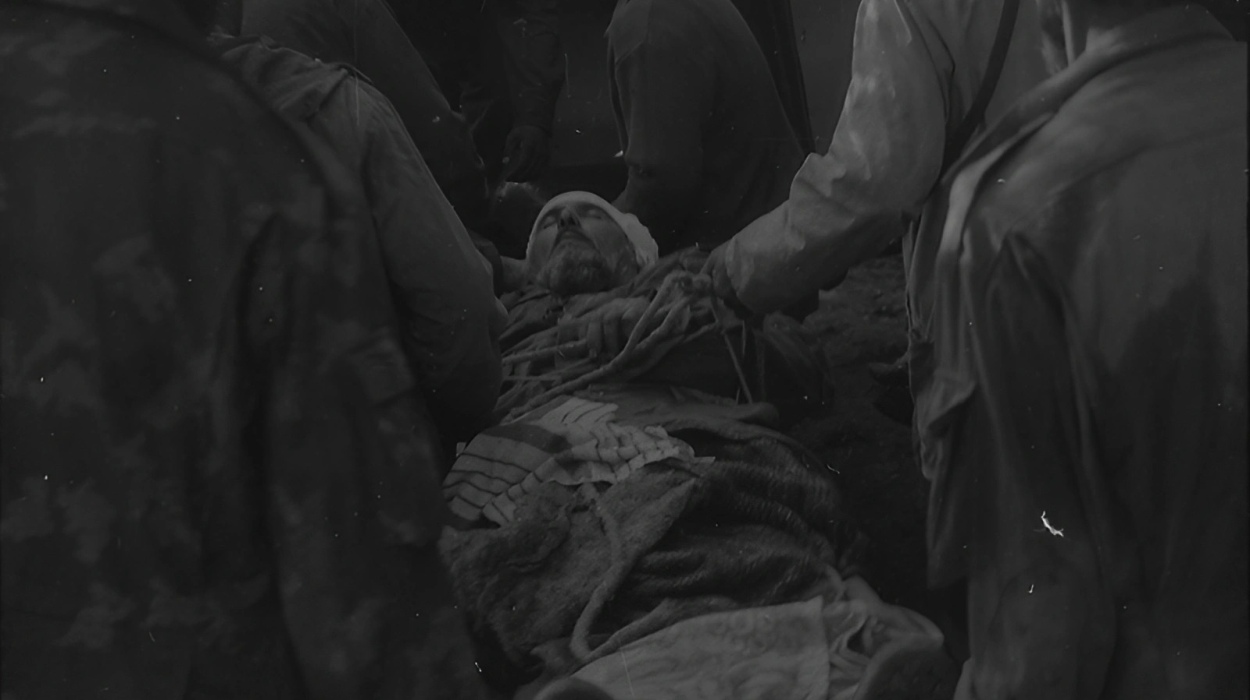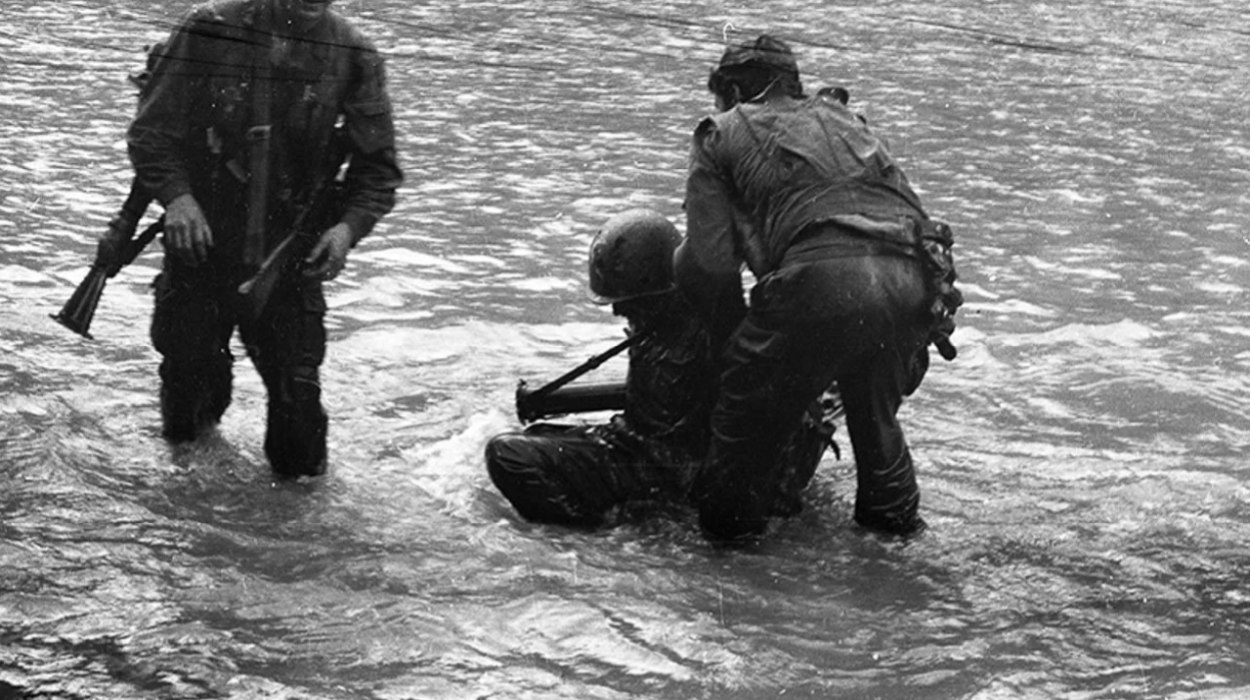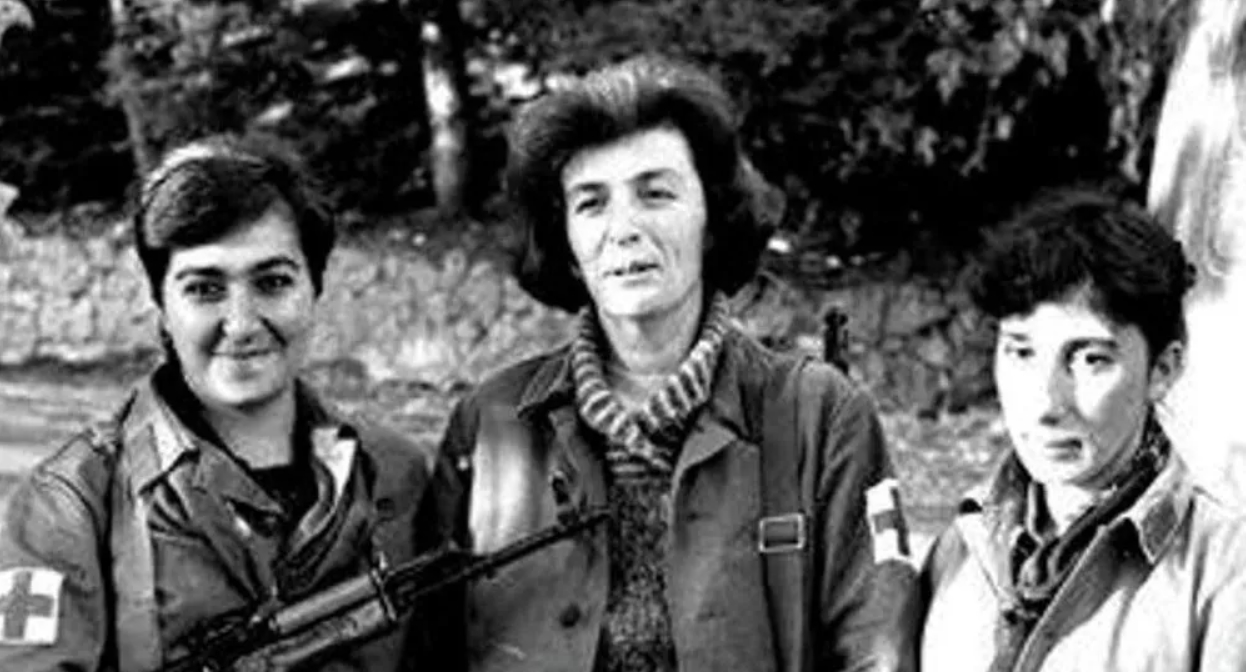The Battle for Sukhum: Marking 31 Years Since the Pivotal 1993 Offensive

In 1993 January offensive, 37 Abkhazian fighters were killed and more than 100 people were injured.
SUKHUM / AQW'A — Today marks the 31st anniversary of the January 1993 offensive by the Abkhaz army, a pivotal moment in the Georgian-Abkhazian War. On 5 January 1993, the Abkhaz army attempted to storm the capital of the republic occupied by the troops of the State Council of Georgia. Despite their efforts, the Abkhazian troops faced a challenging battle, ultimately resulting in the loss of 37 fighters and injuries to over 100.
According to the memoirs of Ilya Gunia, a Knight of the Order of Leon and member of a BMP crew, the January offensive was one of the most difficult. At that time, it was clear that the infantry had to establish a foothold on the other side of the Gumista River in order to allow the entry of military equipment. Given that the enemy was firing intensively, losses were inevitable.
"My comrades and I decided to attempt a breakthrough right along the Gumista bridge. We drove to the bridge in the BMP while shooting, but they started telling us on the radio that there was a ditch on the other side that we couldn't cross. We turned around on the bridge and retreated. Then we retrieved our wounded and deceased comrades," Gunia remembered.

Despite the failure, this operation did not dampen the morale of the Abkhaz defenders. Gunia reflects on these experiences as crucial lessons that ultimately steered the army towards eventual victory. He asserts, "There is no victory without defeats."
+ Lost Battles: January and March 1993, by Anastasia Shesterinina (from the book: Mobilizing in Uncertainty)
+ On the Other Side of Gumista: The Harsh Lessons of the March Offensive
+ The capture of Sukhum: the main battles for the liberation of the capital
Assessing the outcome of the January operation, historian Aslan Avidzba remembered the words of General of the Abkhaz army, Sultan Sosnaliev, who called this offensive a dress rehearsal for the victorious offensives in July and September.
"Many consider the January and March operations to attack Sukhum to be unsuccessful, but this is not entirely true. In those circumstances, the main task was to practice command and control of troops in large-scale operations, to identify the strengths and weaknesses of the enemy, who outnumbered us four times in personnel and 15-20 times in artillery. It was thanks to the combat experience gained then that the September operation was successfully carried out..."
— Sultan Sosnaliyev
According to Aslan Avidzba, at that time it was understood that the offensive would likely not lead to major results, namely the liberation of the capital of Abkhazia. However, the main task of diverting enemy forces from the Eastern Front was accomplished.

Irina Papba (middle)
The January offensive was not well-prepared, but it was necessary to save the Eastern Front, said Irina Papba, a war veteran and recipient of the "For Courage" medal.
"Those units that crossed the river fought heroically, but encountered a defence that they were unable to break through. For the first time, we lost so many people at once. We saw our soldiers from above, how they tried to hide under tangerines, they had no opportunity to go back or move forward."
— Irina Papba
The bodies of the dead and wounded after the battle could not be taken away. The Georgian side demanded their exchange for their prisoners of war. On the fifth day after the offensive, the troops of the State Council of Georgia exchanged 23 bodies of Abkhaz fighters for living prisoners.
The 1993 Sukhum offensive, while not achieving its immediate goal, played a critical role in the broader context of the conflict. Today's commemoration not only honours the sacrifices made but also reminds us of the enduring spirit of resilience and the lessons learned from history.